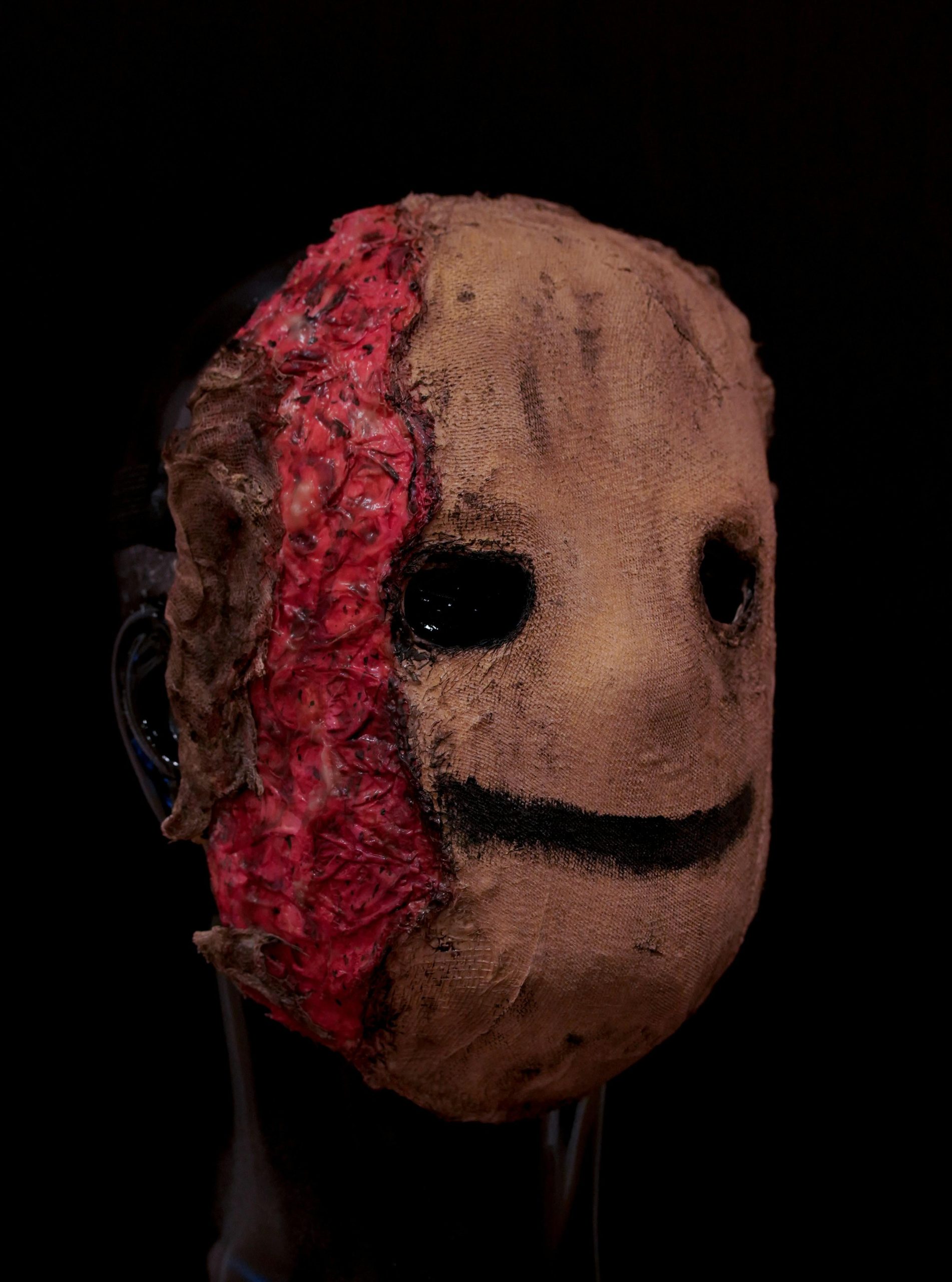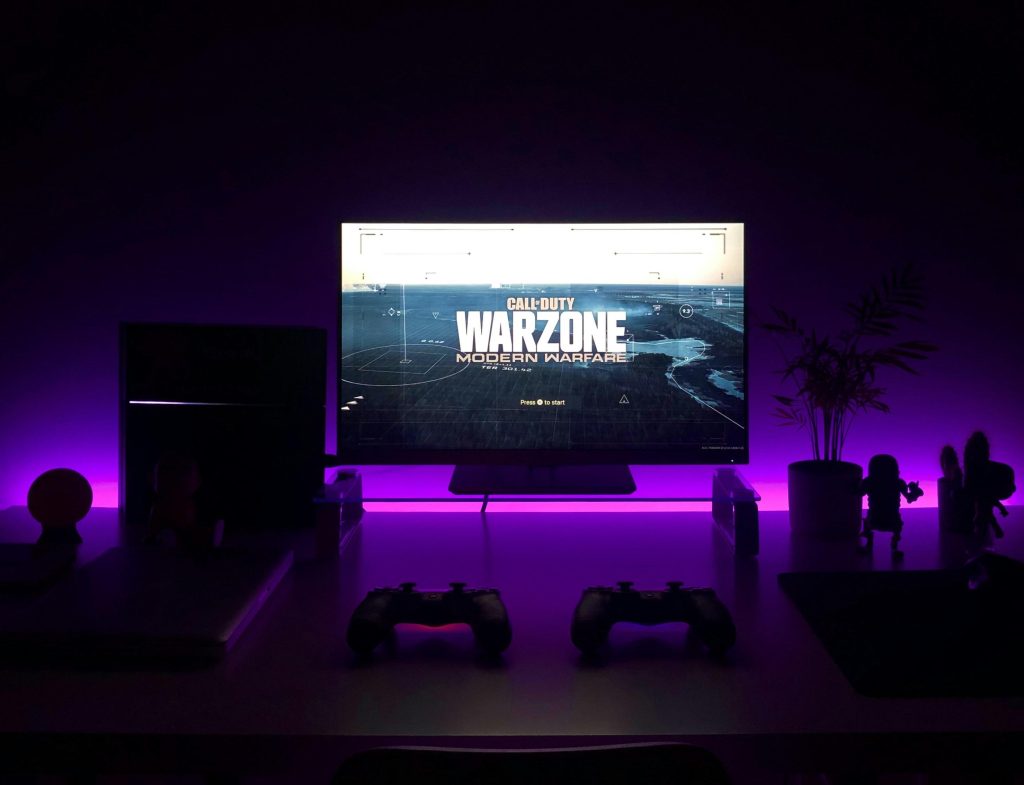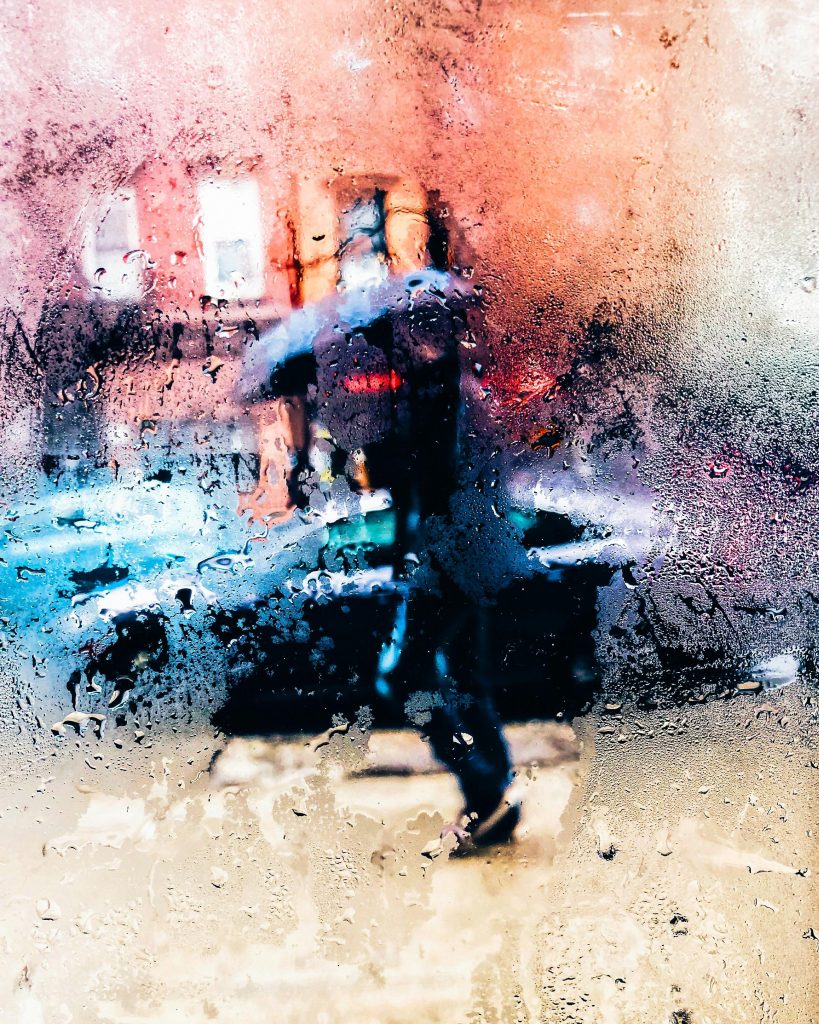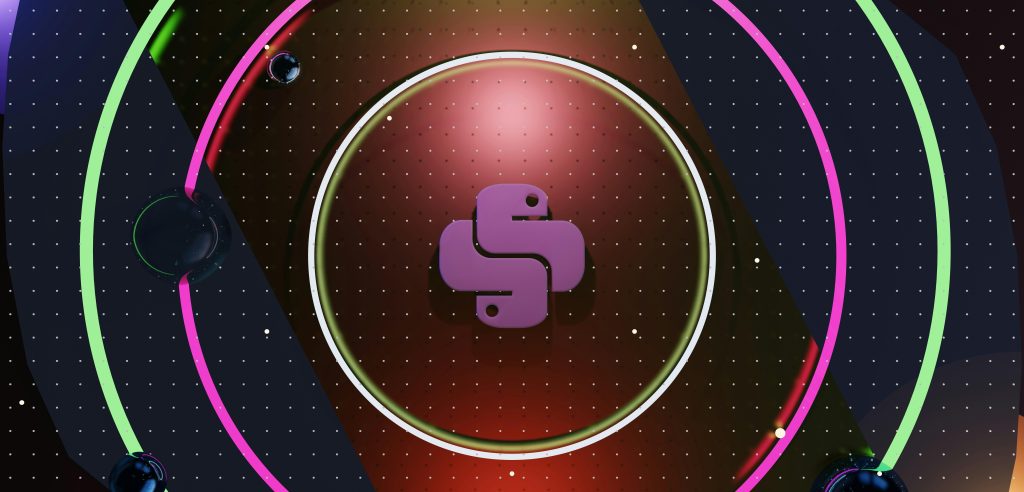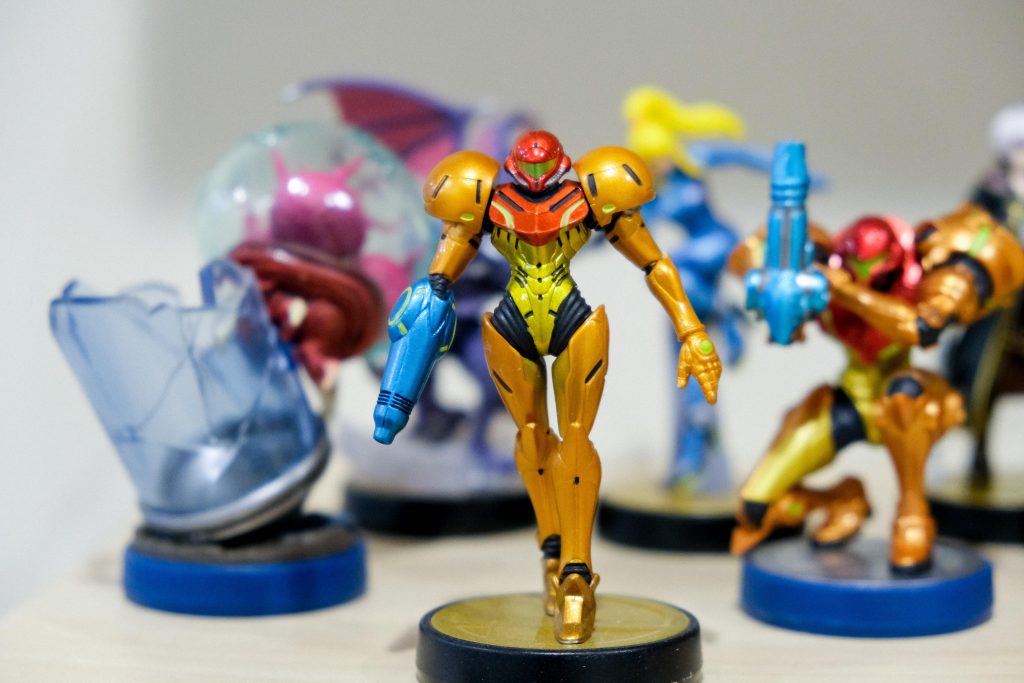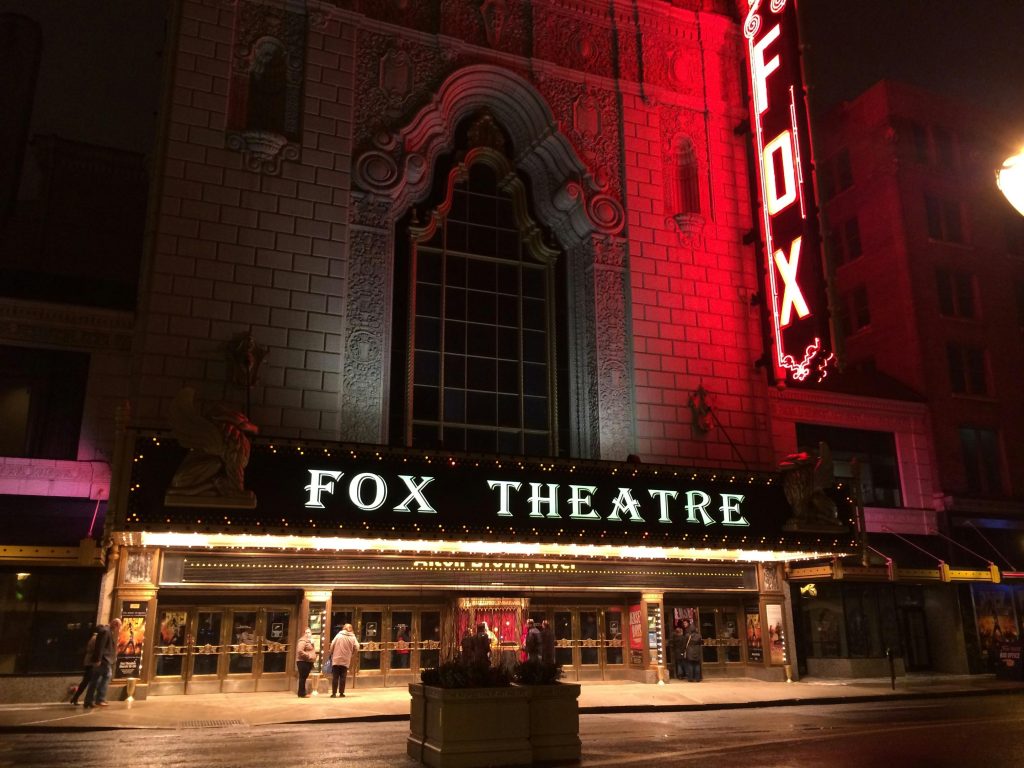In the dimly lit corridors of cinema, where shadows stretch and the air grows thick with anticipation, the art of horror has long thrived on its ability to unsettle and provoke. Yet, in recent years, a particular tool has emerged from the shadows to claim center stage: the jump scare. Once a mere accent in the symphony of suspense, the jump scare has evolved into a dominant force, often dictating the rhythm of modern horror films. But as audiences brace themselves for yet another sudden jolt, a question arises from the depths of the genre’s soul: has horror become too reliant on this fleeting thrill? This article delves into the heart of the debate, exploring whether the visceral shock of the jump scare is overshadowing the rich tapestry of storytelling that once defined horror’s haunting allure. Join us as we navigate the eerie landscape of fear, examining whether the essence of horror is being eclipsed by its own sensational tactics.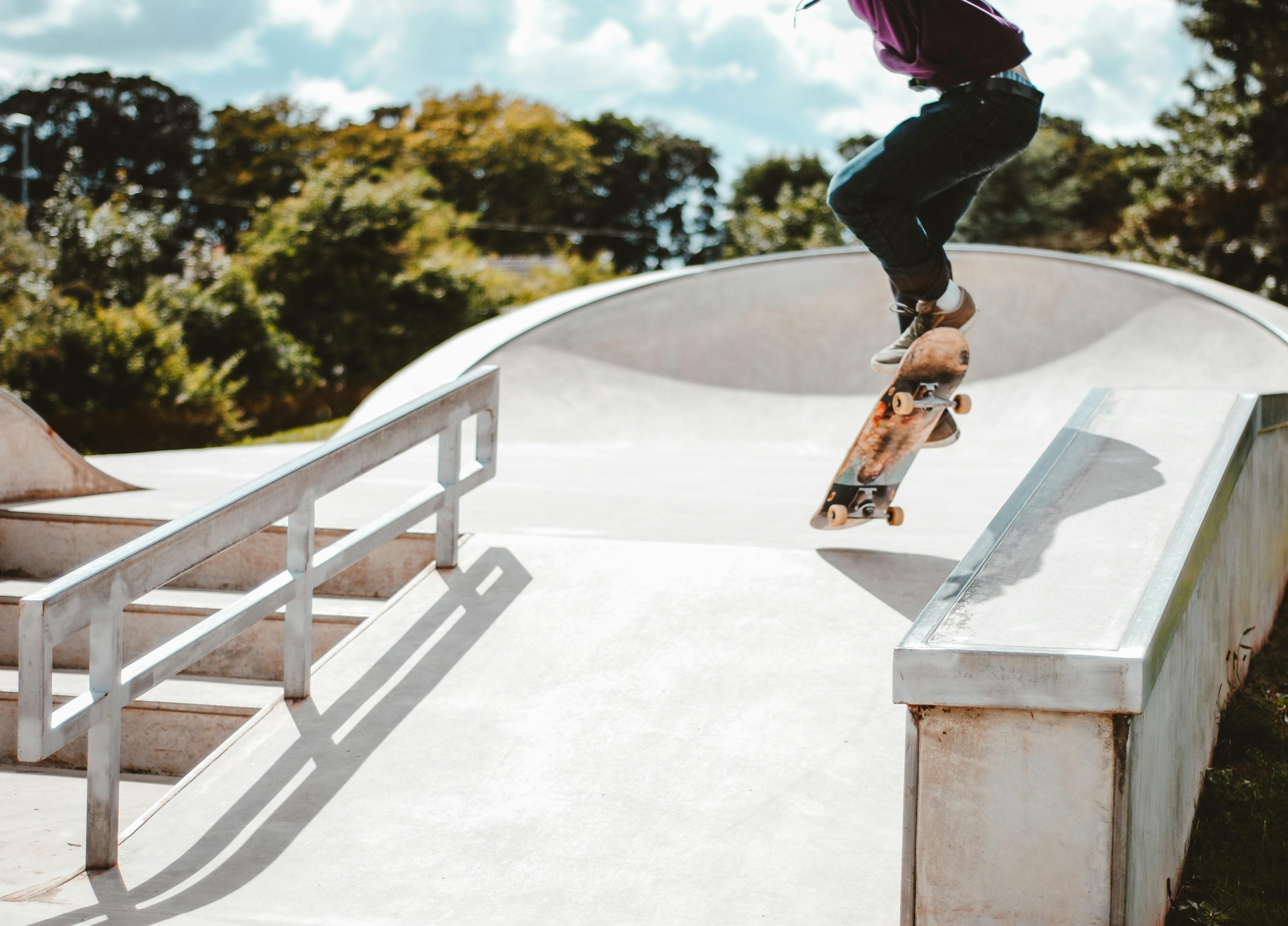
The Evolution of Fear: A Brief History of Jump Scares
Throughout the annals of horror cinema, jump scares have undergone a fascinating transformation, evolving from simple startle tactics into a complex art form. In the early days of film, directors employed rudimentary techniques such as abrupt sound effects and sudden cuts to elicit a visceral reaction from audiences. As the genre matured, filmmakers began to weave these startling moments into the fabric of storytelling, using them to heighten suspense and underscore pivotal plot points.
- 1930s-1940s: The advent of sound in films allowed for the first auditory jump scares, with movies like “Cat People” pioneering the technique.
- 1970s-1980s: Iconic films like “Halloween” and “Friday the 13th” refined the jump scare, embedding it within a tense atmosphere to maximize impact.
- 2000s-Present: Modern horror has seen an increase in the frequency of jump scares, with movies like “The Conjuring” series utilizing advanced sound design and visual effects to enhance the fear factor.
While some argue that the modern reliance on jump scares may dilute the overall horror experience, others believe it showcases the genre’s ability to evolve with audience expectations. By balancing these startling moments with deeper psychological terror, filmmakers continue to captivate and terrify viewers in innovative ways.
Beyond the Scream: Psychological Horror and Its Lasting Impact
In recent years, horror enthusiasts have found themselves at a crossroads, questioning whether the genre has become overly dependent on the quick jolt of jump scares. While these sudden bursts of fright can provide an adrenaline rush, they often lack the depth and lingering unease that psychological horror offers. Psychological horror taps into our deepest fears, exploiting the unknown and the unseen, and it is this slow, creeping dread that leaves a lasting impact. Instead of relying solely on the element of surprise, it delves into the human psyche, exploring themes of identity, sanity, and existential dread.
- Character-driven narratives: Unlike the fleeting scare of a jump, these stories often center around complex characters whose fears and paranoias become the audience’s own.
- Atmospheric tension: The build-up of suspense through sound, setting, and storyline creates a pervasive sense of unease.
- Ambiguous endings: Psychological horror often leaves questions unanswered, allowing the fear to linger long after the credits roll.
As audiences seek more profound and thought-provoking experiences, the allure of psychological horror continues to grow, proving that sometimes, the most terrifying monsters are those that dwell within our own minds.
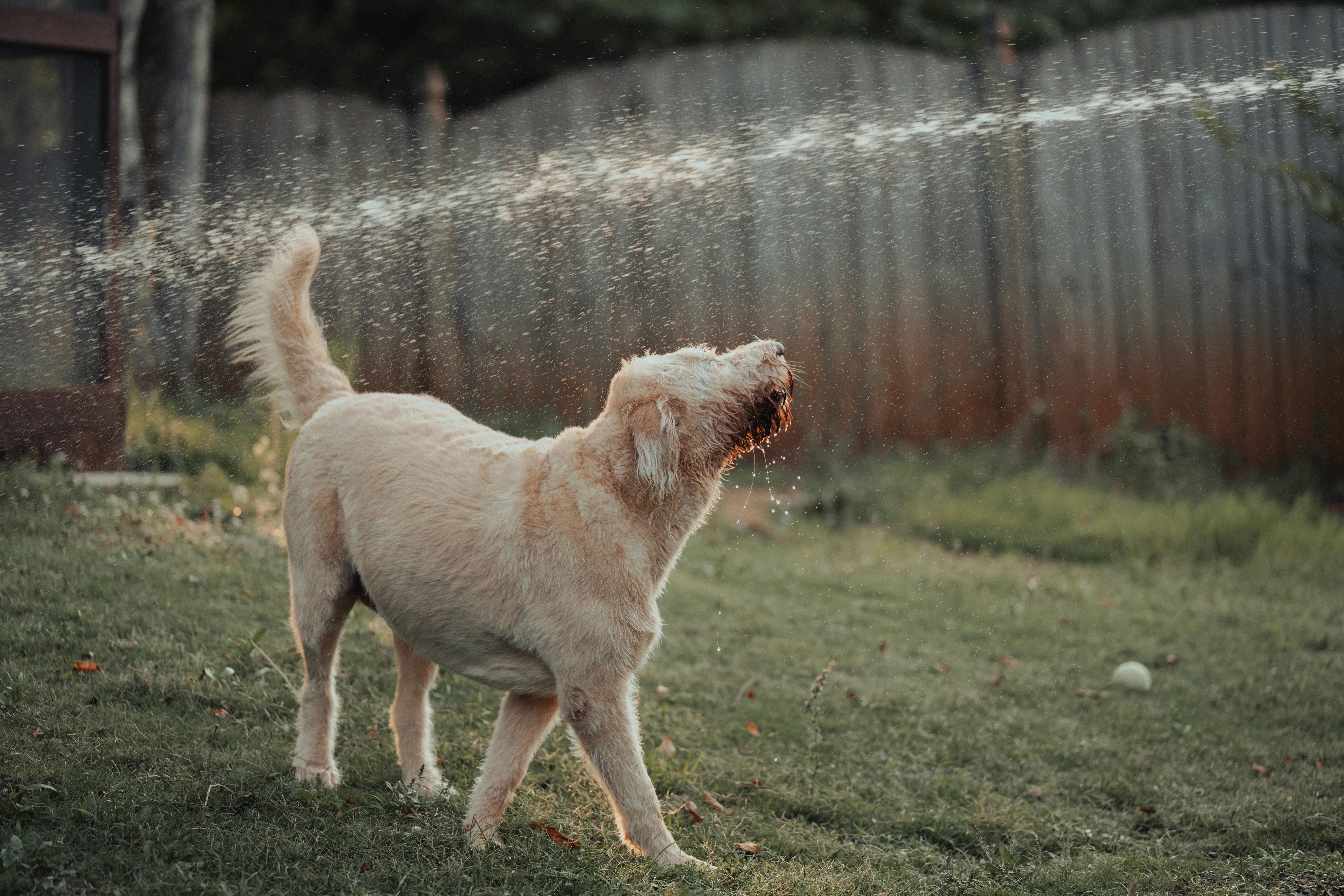
Crafting Suspense: Techniques to Enhance Storytelling Without Jump Scares
In the realm of horror, creating a sense of suspense is an art form that transcends the mere shock value of jump scares. Atmosphere plays a pivotal role in this craft. Through the careful construction of settings, whether it be a dimly lit forest or a creaking, ancient mansion, writers can envelop their audience in a world of unease. The use of descriptive language to highlight sensory details—like the whisper of the wind or the faint scent of decay—serves to heighten the tension without resorting to sudden, startling moments.
- Pacing: Building suspense through the gradual revelation of information, keeping the audience on edge as they piece together the story.
- Character Development: Creating complex characters whose fears and secrets add layers to the narrative, inviting readers to empathize and worry for their fates.
- Unpredictability: Crafting plot twists that challenge expectations, ensuring that the story remains engaging and fresh.
These techniques allow for a more immersive experience, encouraging readers to delve deeper into the story, feeling the dread build with every turn of the page. By focusing on the psychological aspects of fear and tension, authors can craft stories that linger in the mind long after the final word is read.
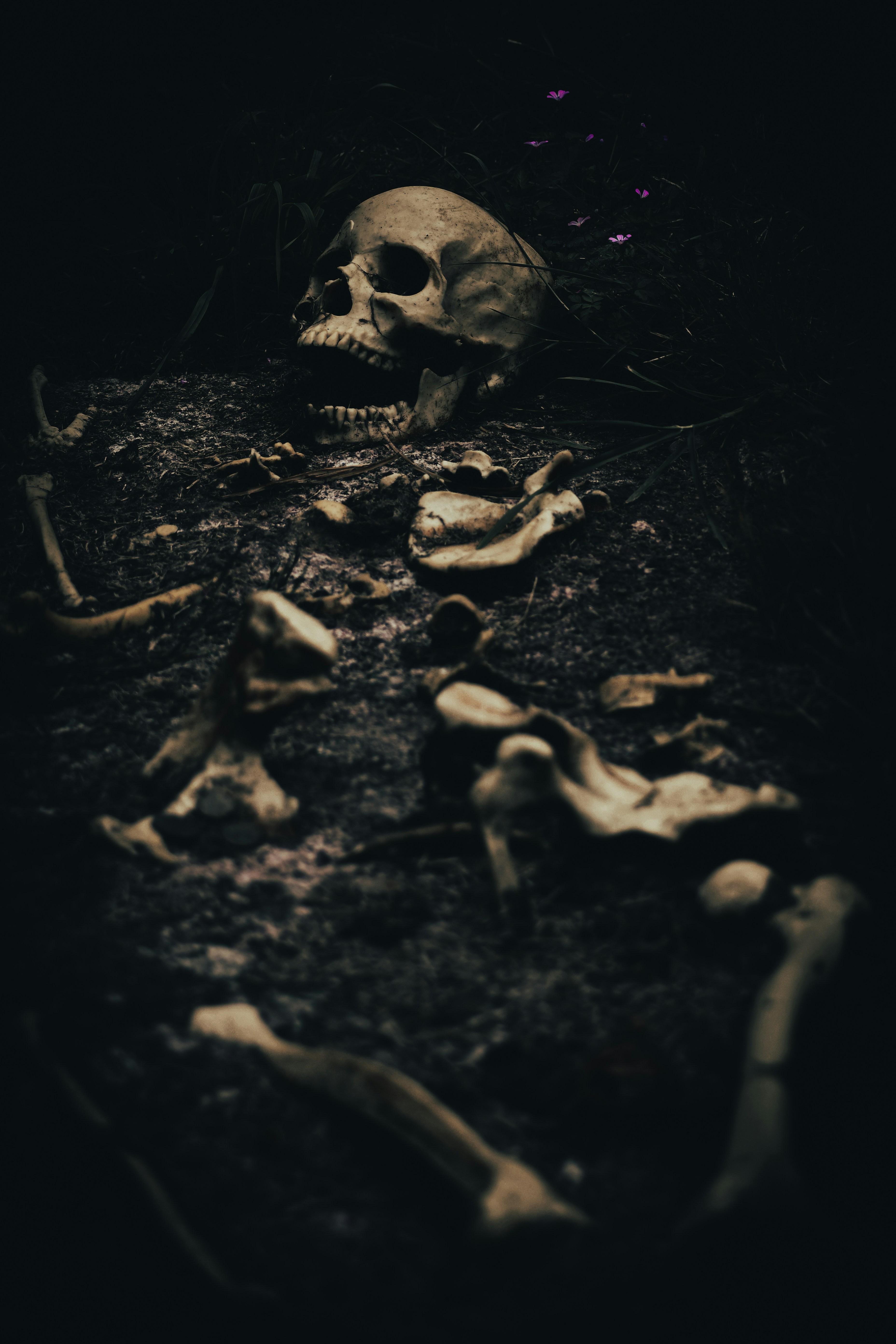
Balancing Shock and Substance: Recommendations for a More Engaging Horror Experience
To craft a horror experience that captivates without over-relying on jump scares, creators can focus on weaving a tapestry of fear that balances both psychological depth and visceral thrills. Here are some recommendations to enhance the horror narrative:
- Develop Strong Characters: By investing time in character development, audiences become emotionally attached, making their fates more impactful. A well-rounded character can amplify tension and suspense as viewers root for their survival.
- Embrace Atmospheric Storytelling: Use sound design, lighting, and setting to build an immersive world that keeps viewers on edge. A creaking floorboard or a flickering light can evoke a sense of dread without the need for sudden shocks.
- Integrate Psychological Elements: Delve into the psyche of characters and viewers alike by exploring themes of fear, guilt, and paranoia. These elements can create an unsettling experience that lingers long after the scene has ended.
- Innovative Plot Twists: Surprise your audience with unexpected narrative turns that challenge their expectations and keep them engaged, without resorting to predictable jump scares.
By focusing on these elements, horror creators can offer a richer, more textured experience that resonates on multiple levels, ensuring that fear is felt not just in the moment, but in the memory.

